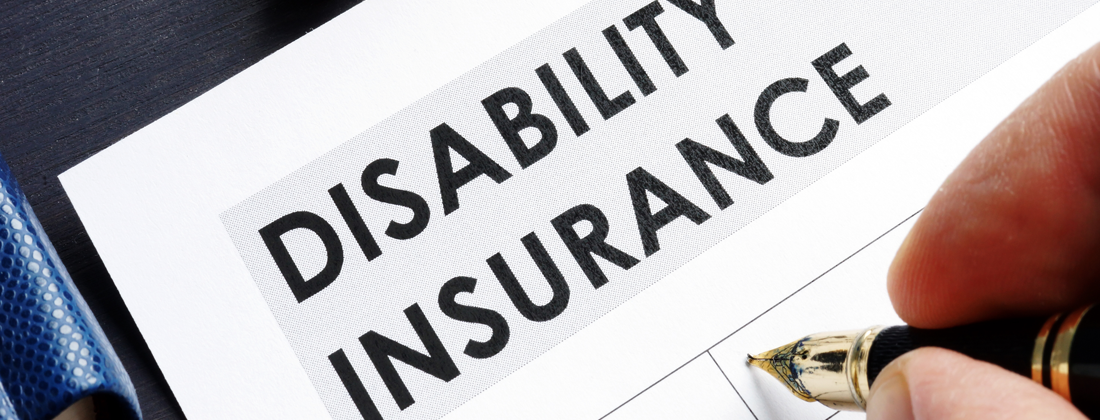
Should You Self-Insure or Get Disability Insurance?
Why Relying on Savings Might Not Be the Best Plan
Many people ask whether it's better to self-insure rather than purchase disability insurance. The idea makes sense on the surface—why pay premiums when you could just save money in case you ever become disabled? But when you dig into the numbers, the risks of self-insuring quickly become clear.
Here's why relying on your savings instead of disability insurance might not be the best financial decision.
How Much Would You Need to Self-Insure?
If you became unable to work, how would you cover your expenses? Disability insurance provides a tax-free benefit to replace your income.
For example, if you earn $250,000 per year, a disability insurance policy could pay you $10,000 per month for 12 months—that's $120,000 tax-free. Without insurance, where would that money come from?
1. Taking Out a Loan or Line of Credit
If you had to borrow $120,000 to replace your income, the long-term cost could be significant:
-
A $120,000 loan at 5.5% interest would mean payments of $825/month for 20 years.
-
Banks may not approve a loan if you're not working.
-
Even if approved, interest rates could be higher due to the increased risk.
2. Refinancing Your Home
Using home equity might seem like a reasonable alternative, but there are challenges:
-
Breaking your mortgage early could lead to penalties.
-
Without an income, qualifying for refinancing may be difficult.
-
A $120,000 mortgage at today's rates would cost around $715/month for 25 years.
3. Withdrawing from Your Investments
If you rely on savings or investments to cover a loss of income, the impact could be massive:
-
RRSP withdrawals are taxable. If you're in a 50% tax bracket, you'd need to withdraw $240,000 just to get $120,000 after taxes.
-
It takes years to save $120,000, but you could burn through it in just one year.
-
If left invested, that same $120,000 could grow to $1,000,000 over 30 years (assuming a 7.5% return).
Many people believe they can save enough to self-insure, but the reality is that a long-term disability could drain your savings quickly. Disability insurance provides a steady, tax-free income when you need it most—without forcing you to take on debt or cash out investments.
The Cost of Disability Insurance vs. Self-Insuring
The cost of disability insurance is typically 1-3% of your annual income.
For example, someone earning $250,000 could qualify for a $10,000/month tax-free benefit and expect to pay between $200 – $600 per month for coverage.
Compared to the cost of servicing a loan, refinancing a home, or depleting retirement savings, disability insurance is a much more affordable way to protect your income.
The Hidden Risk of Self-Insuring
Even if you set aside money, a long-term disability could quickly wipe out your savings. Most people don't have an extra $120,000 (or more) sitting in an account "just in case."
With disability insurance, you don't have to rely on debt, home equity, or investment withdrawals to stay financially stable. Instead, you receive a tax-free income replacement, allowing you to focus on your health without financial stress.
Final Thoughts: Why Disability Insurance Is the Smarter Choice
Self-insuring might sound like a good strategy, but in reality, it carries serious financial risks. The numbers show that even a short-term disability can have lasting effects, and most people aren't in a position to absorb that kind of loss.
Would you be able to cover your expenses if you couldn't work for a year—or longer? If not, disability insurance is a smart and reliable way to protect your income and your future.